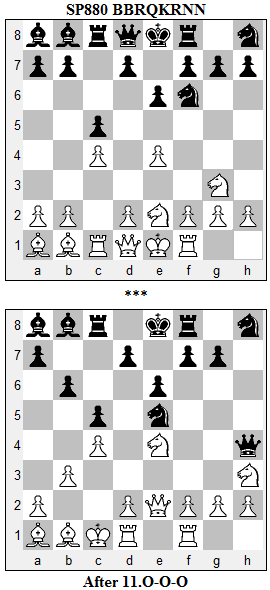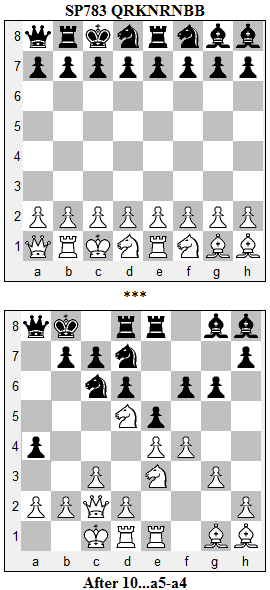Chess960 is an evolution of traditional chess. To use an analogy, imagine I build a house on a lot that was previously empty. I call the road it is on 'Chess Street'. The house might be in use for centuries before someone (a certain Mr. Fischer) gets the idea to build more houses on the same lot. He builds 959 similar houses and, to make it easier to identify the houses, assigns them numbers. My original house turns out to be no.518 on Chess Street. Note that I haven't altered the function of the original house nor have I destroyed it. It is still available to everyone who used it before. But for those who are tired of the same house and want something a little different, they have many choices.
I could carry the analogy further, but I'm not sure it would help clarify the difference between traditional chess and chess960. People who want to continue living at no.518 on Chess St. can do so. They do, however, have choices that were not available 20 years ago.
In another forum on Chess.com, I used an anology -- Chess Island -- that I call the 'beach analogy'.
Chess960 is like a tropic island having 960 gorgeous beaches all with white sand and blue water. For some obscure reason, probably to do with herd mentality, everyone who vacations on the island chooses the same beach, no.518 in the numbering scheme assigned by the pioneer who first charted the island. There are so many people on that particular beach that there is no place to throw your towel down or pitch your beach umbrella, unless you cling to the rocky, dangerous cliffs that line both sides of the beach. If you want to go swimming or snorkeling you have to go out hundreds of meters to get away from the crowds. Of course, you can always rent one of those robot boats that ferry the thrill seekers as far out as possible, but the real insiders say that the increasing use of those boats is rapidly destroying the beauty of the beach.
Meanwhile the other 959 beaches remain just as they were when first discovered. A few intrepid vacationers prefer those beaches to no.518, although they have a hard time explaining why. Maybe they don't like crowds and just want to get away from it all. Whatever the reason, on every vacation they choose a different beach at random and enjoy themselves so much that they are reminded why they came to the island the first time. Once in a while they go back to the crowds at no.518 to renew old friendships and revisit old haunts, but it is never the same as it was before.
I'm sure there are other analogies.


